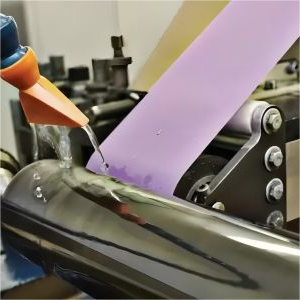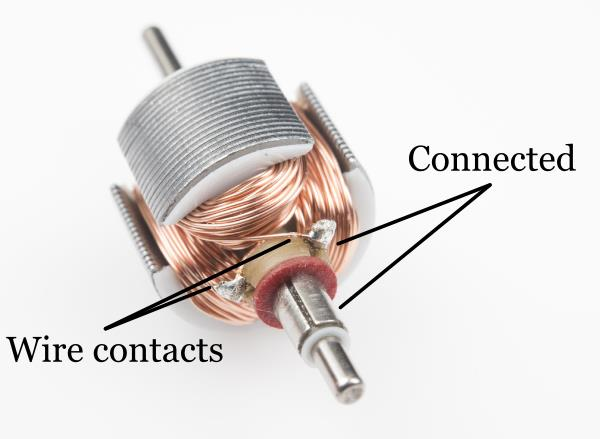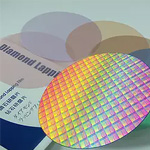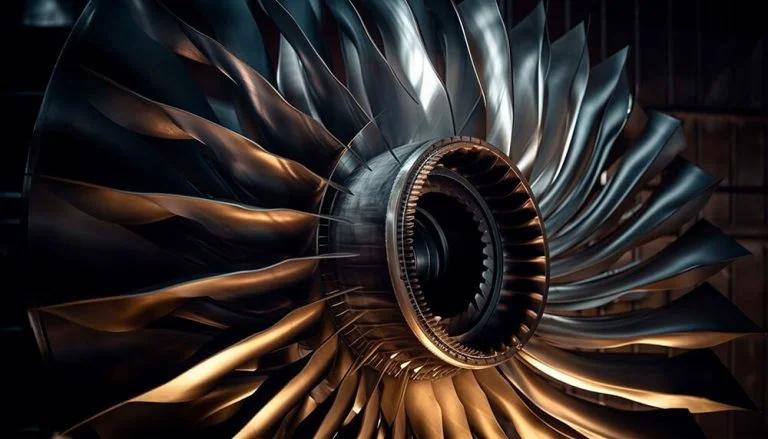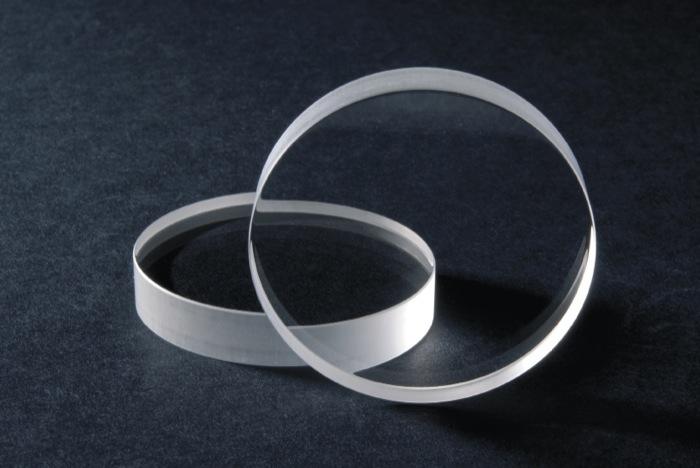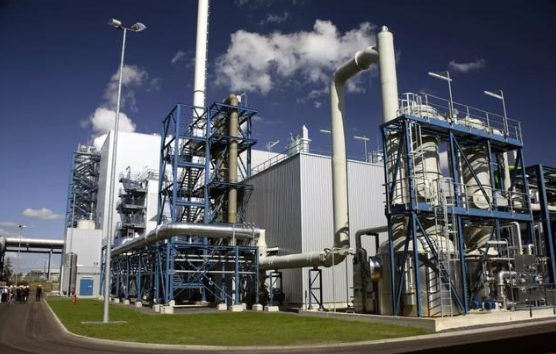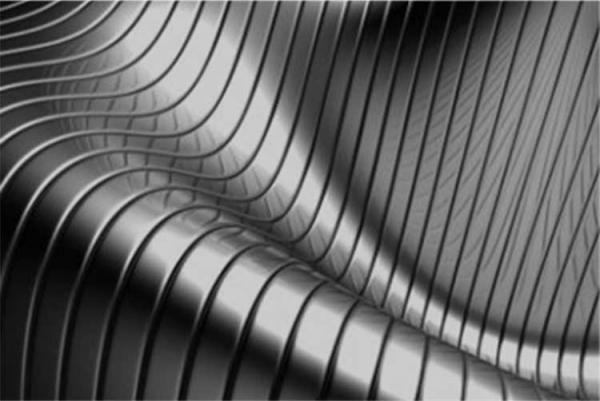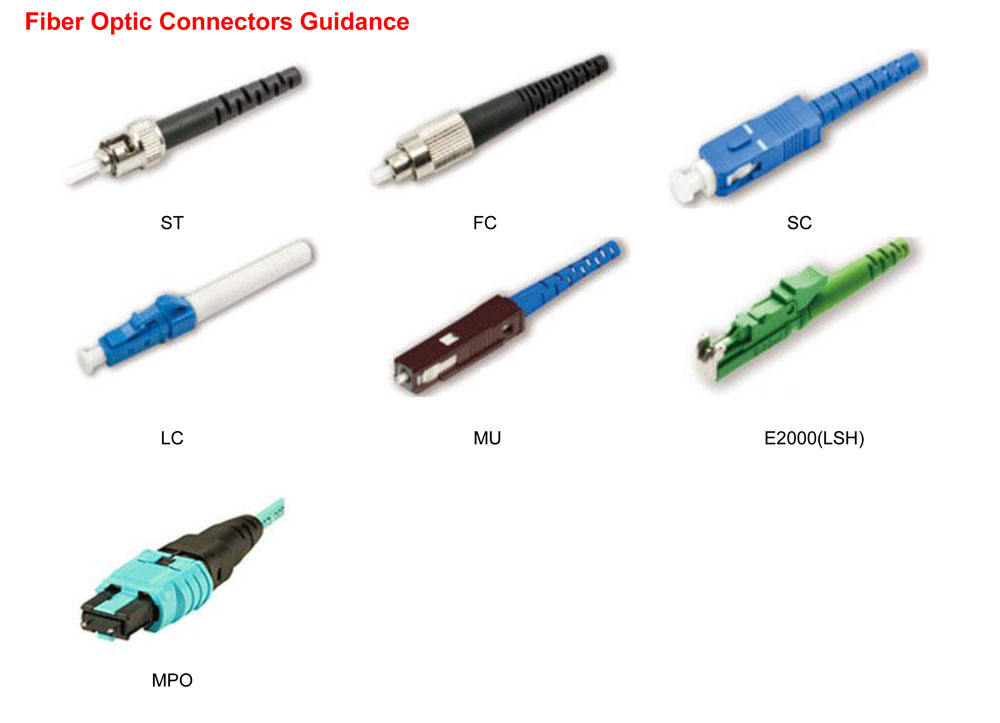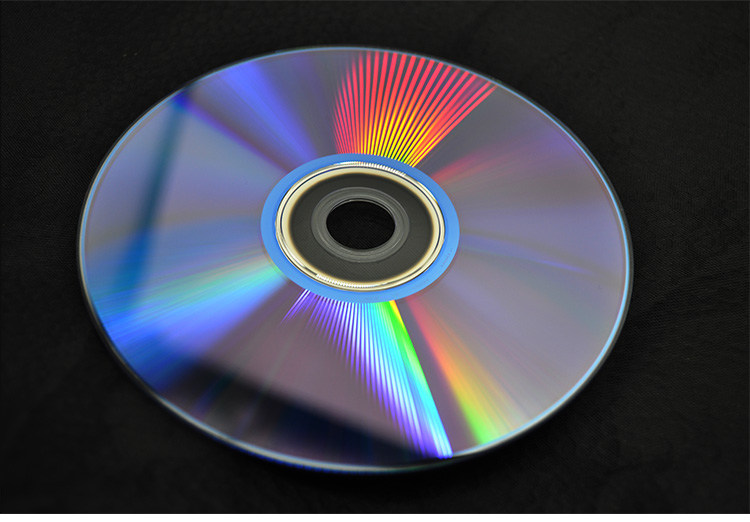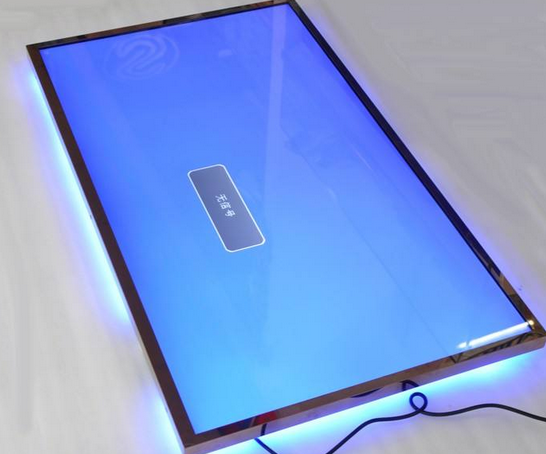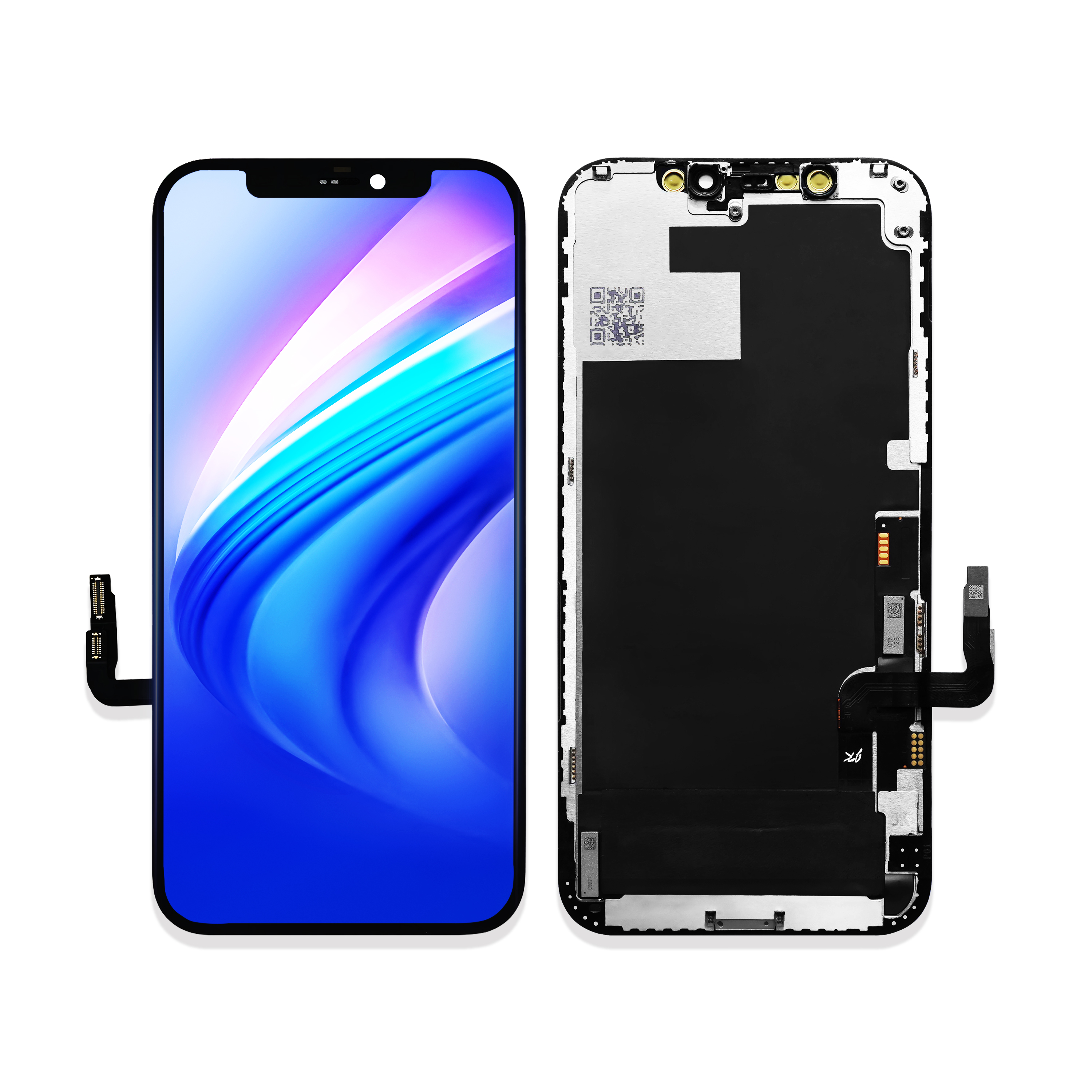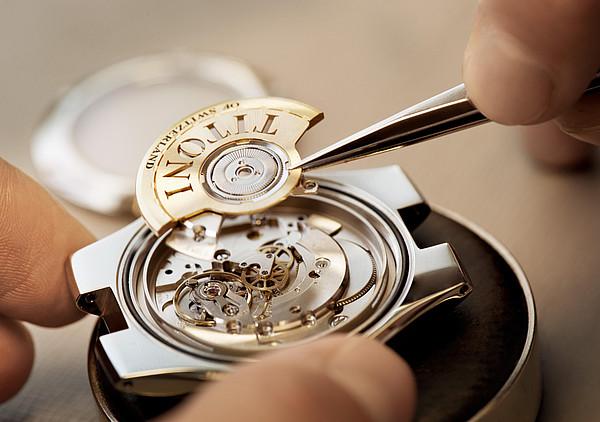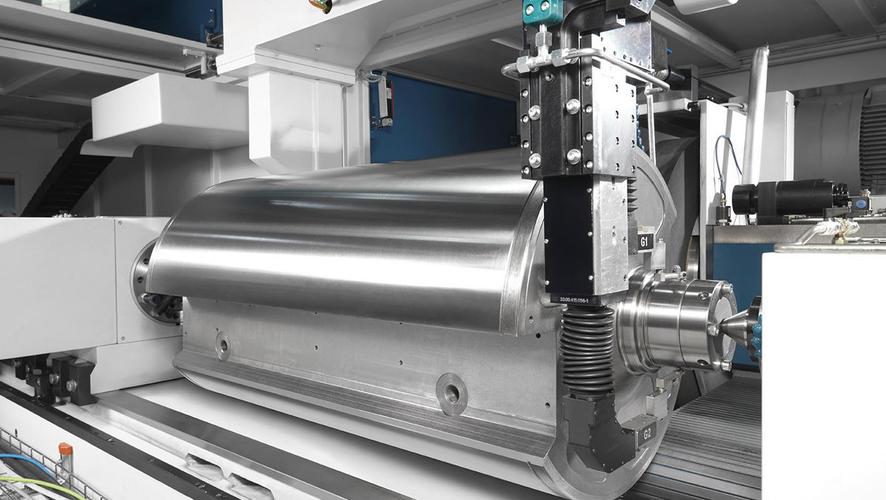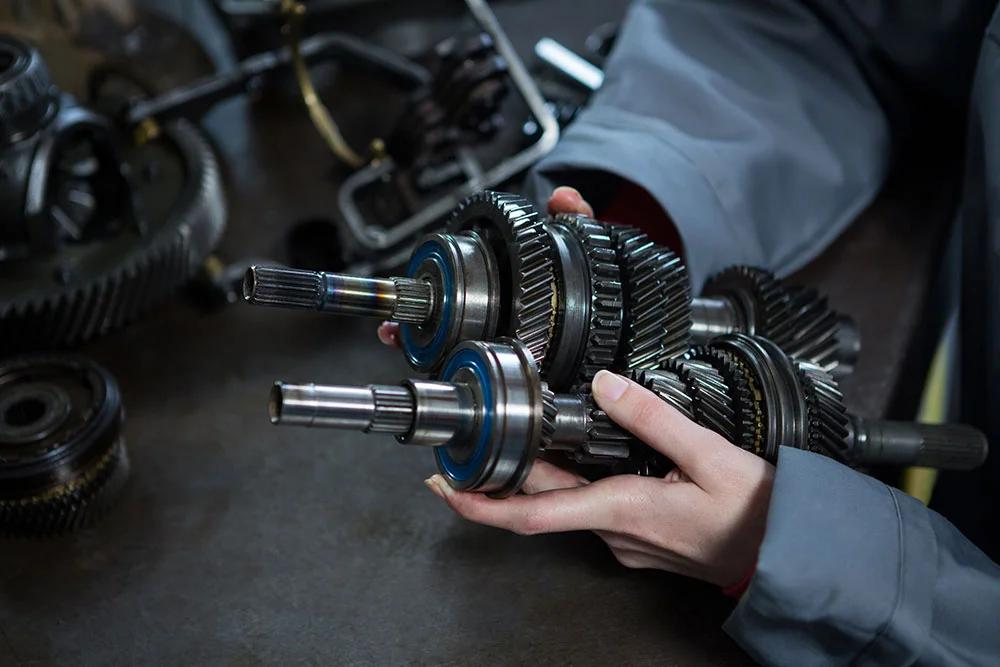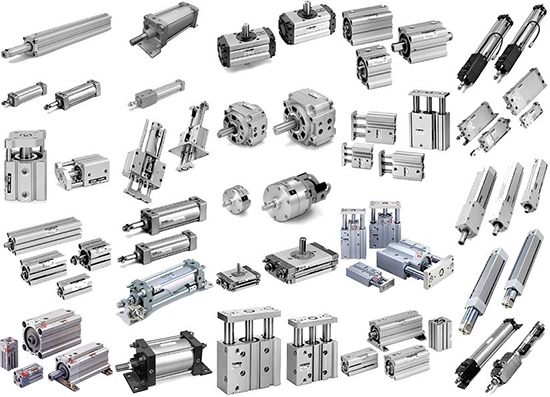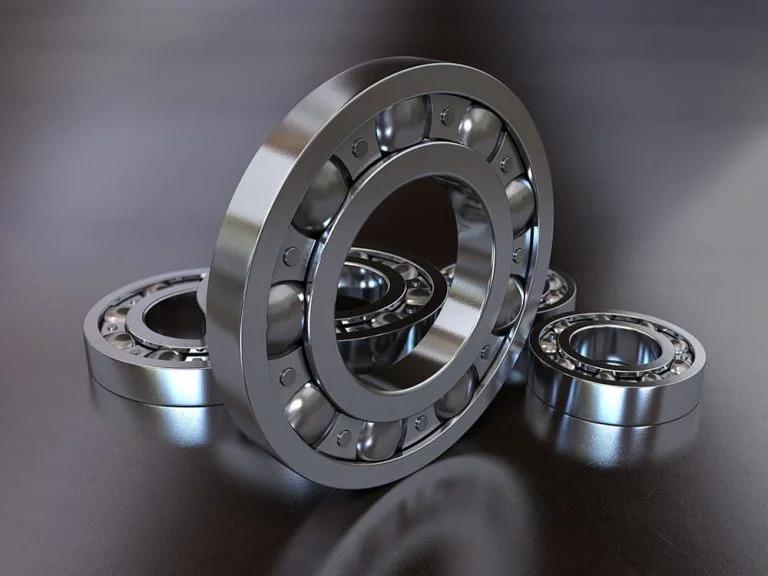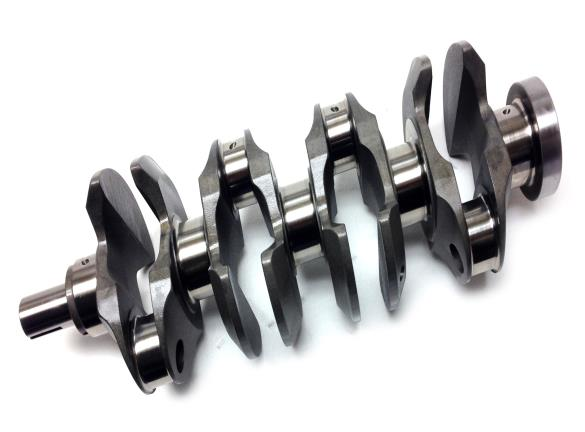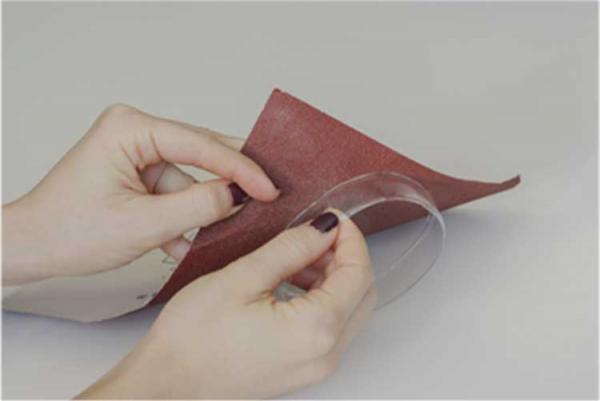Understanding Lapping Film in Telecommunications: Fiber Optic MPO Lapping Film
Introduction
Lapping films are an essential component in the telecommunications industry, particularly in fiber optic polishing. They ensure a high-performance, low-loss connection by precisely refining the end faces of fiber optic connectors. Among various polishing films, MPO (Multi-Fiber Push-On) lapping films are specially designed to meet the stringent requirements of multi-fiber connectors, enabling efficient and accurate polishing.
What is MPO Lapping Film?
MPO lapping film is a specialized abrasive film used for polishing multi-fiber ferrules, such as MT (Mechanical Transfer) ferrules, which are critical in high-density fiber optic networks. These films contain micron-graded abrasives, carefully bonded to a uniform polyester backing, providing controlled material removal and surface finish consistency.
Key Features of MPO Lapping Film
-
Precision Abrasive Coating: MPO polishing films are engineered with precisely graded abrasives like diamond, silicon carbide, or aluminum oxide to achieve optimal fiber end-face geometry.
-
Consistent Surface Finish: The films provide a highly uniform polishing surface, ensuring repeatable performance across multiple polishing cycles.
-
Durability and Longevity: High-quality bonding technology ensures a long-lasting film, reducing the frequency of replacement.
-
Optimized for MT/MPO Connectors: Specifically designed to handle multi-fiber connectors, these films ensure all fibers within the ferrule are evenly polished to minimize insertion loss and back reflection.
-
Available in Multiple Grades: From coarse to ultra-fine, different grit sizes allow for successive polishing steps, achieving the desired surface smoothness.
Applications in Fiber Optic Polishing
-
MPO/MTP Connector Polishing: Ensures high-precision end-face geometry for high-speed data transmission.
-
Data Centers and High-Density Networks: Supports the demand for reliable and high-performance fiber optic links in modern telecom infrastructures.
Polishing Process for MPO Connectors
The MPO polishing process typically involves multiple stages, using different grades of lapping films:
-
Coarse Polishing (30µm - 9µm): Removes excess material and initial scratches.
-
Intermediate Polishing (5µm - 3µm): Refines the surface and prepares it for final finishing.
-
Fine Polishing (1µm): end-face smoothness and 3d geometry control.
-
Final Polishing (0.5µm - 0.02µm): Achieves the required end-face smoothness and minimizes back reflection.
Common Issues in MPO Polishing
Despite the precision of MPO lapping films, certain challenges may arise during the polishing process:
-
Fiber Height Variation: Uneven pressure during polishing can result in inconsistent fiber protrusion, affecting performance.
-
Scratches and Defects: Improper selection of polishing film grit or contamination on the film can cause surface defects.
-
Adhesive Residue: Some polishing films may leave behind adhesive residue, requiring additional cleaning steps.
-
Excessive Material Removal: Over-polishing can reduce fiber height beyond acceptable limits, leading to high insertion loss.
-
Improper Film Handling: Folding or creasing the film can introduce inconsistencies in polishing results.
Advantages of Using MPO Lapping Film
-
High Precision: Enables tight control over fiber protrusion and geometry.
-
Reduced Scratches and Defects: Minimizes defects that could impact optical performance.
-
Increased Productivity: Consistent film performance improves throughput in polishing operations.
-
Compatibility: Works with various polishing machines and holder fixtures for MPO connectors.
Conclusion
MPO lapping films play a crucial role in ensuring the high performance of fiber optic networks by delivering superior polishing results for multi-fiber connectors. With advancements in optical communication, the demand for high-quality polishing films continues to grow, making them an indispensable tool in the telecommunications industry.
























